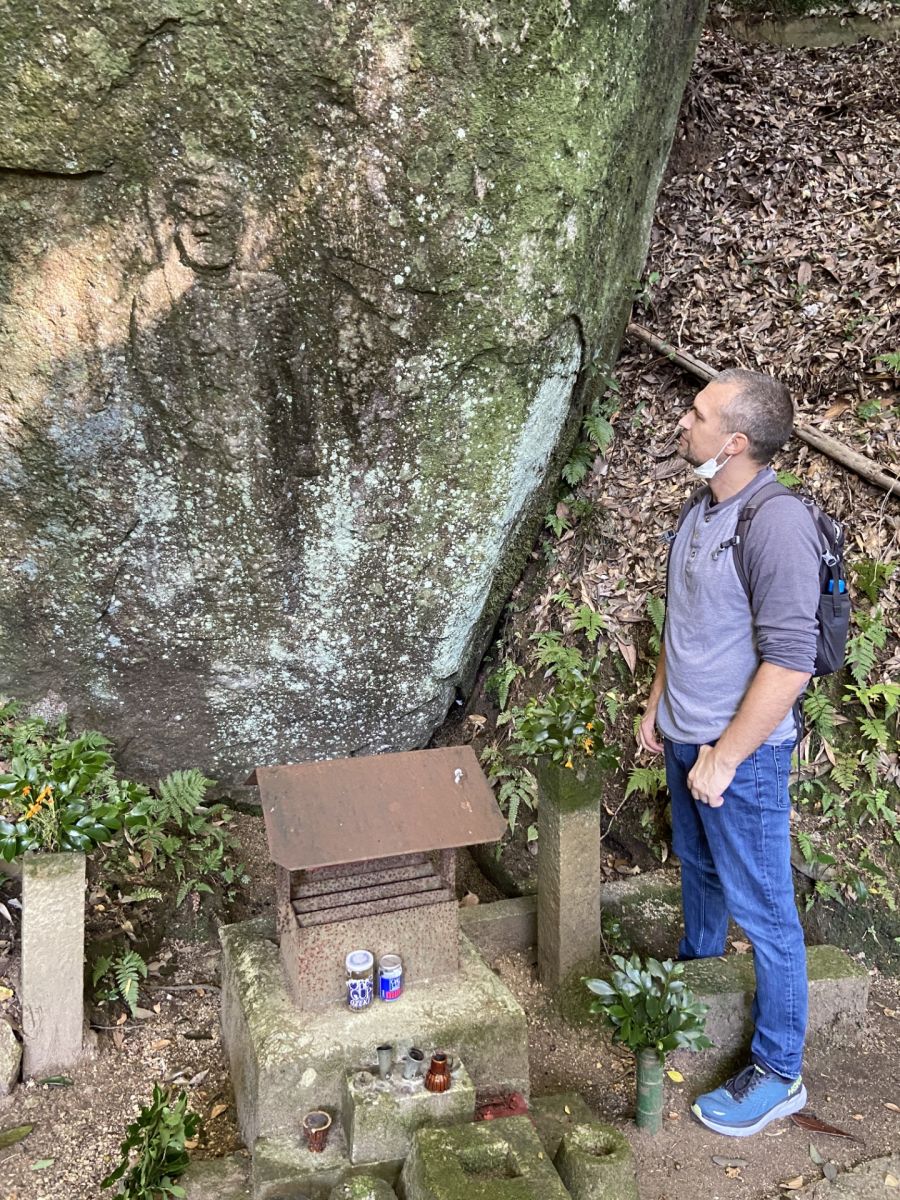

When you see Japanese artworks, how do they make you feel? Maybe you are unsettled by the embracing elephants that make up Kangiten or are made to feel intimidated by the massive gate guardians carved for Todaiji by the Kei school of sculptors. These responses connect you to art viewers long ago in Japan who likely experienced similar emotions when seeing these pieces firsthand. Art transcends language, culture, and time!
In this series of monthly “conversations,” Michael VanHartingsveldt will introduce examples of Japanese art that may provoke emotional responses through traits that are “unsettling” (henna) and "isolating" (sabishii). These lively discussions invite participants to engage with Japanese visual culture of various time periods and mediums where they will not only learn fundamental information about how the art was made and how it functioned but also encounter obscure Japanese concepts and art objects.
The fifth session will meet in person at the Japan Foundation, Los Angeles, on Wednesday, October 30, at 7 pm and the topic will be “Art that Horrifies (Kowai Art).” This will be the final conversation for this series.
**WARNING: THIS PRESENTATION WILL INCLUDE GRAPHIC IMAGES AND DESCRIPTIONS OF VIOLENCE.**
 Michael VanHartingsveldt
Michael VanHartingsveldt
A PhD candidate in Art History at the University of Kansas, Michael VanHartingsveldt is currently writing his dissertation about the Buddhist sculptor profession in Japan between the eleventh and fourteenth centuries. His research uses the imaginative representations of Buddhist image-makers at work in illustrated legends and biographies to reconstruct the real-world process of Buddhist sculpture production. He has curated exhibitions, taught university courses, and presented public lectures about Japanese visual culture in California, Kansas, and Japan, and is now working as an Art and Culture Program Officer at the Japan Foundation, Los Angeles.
